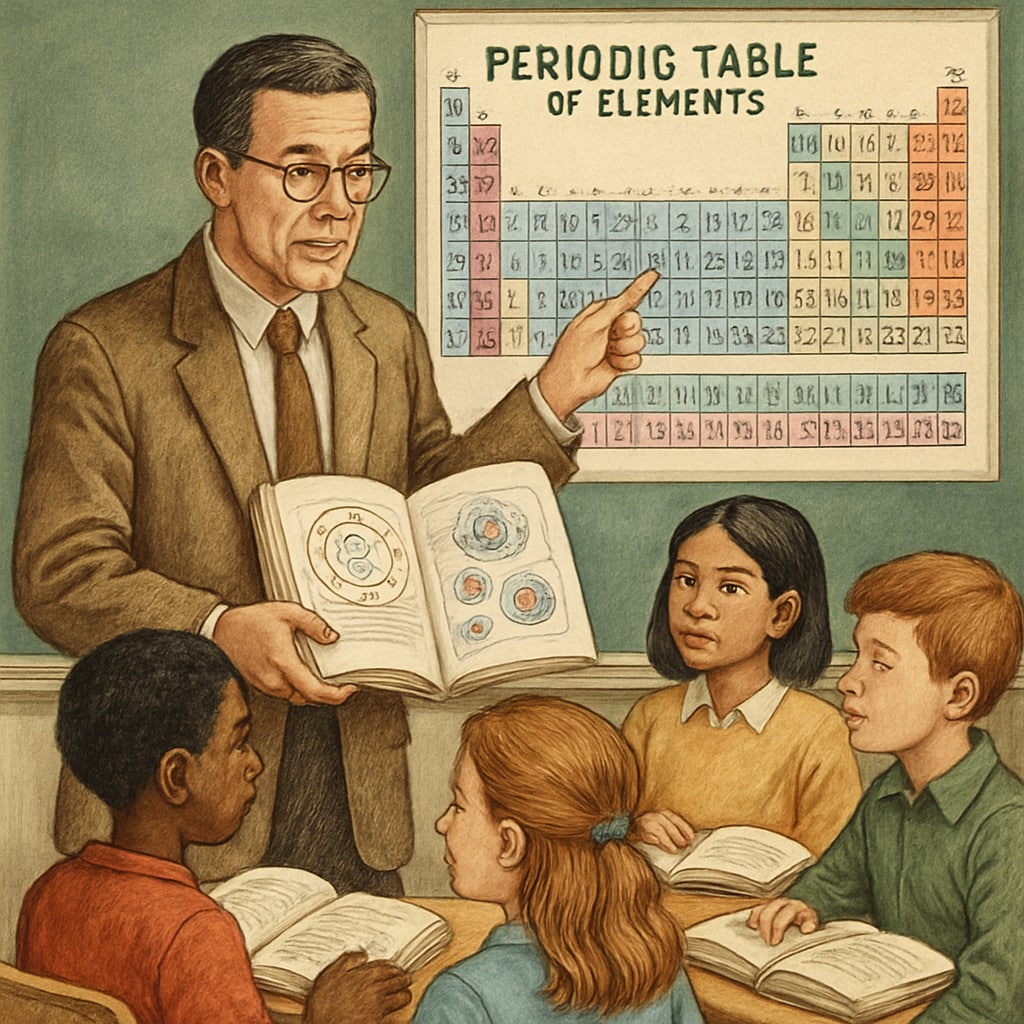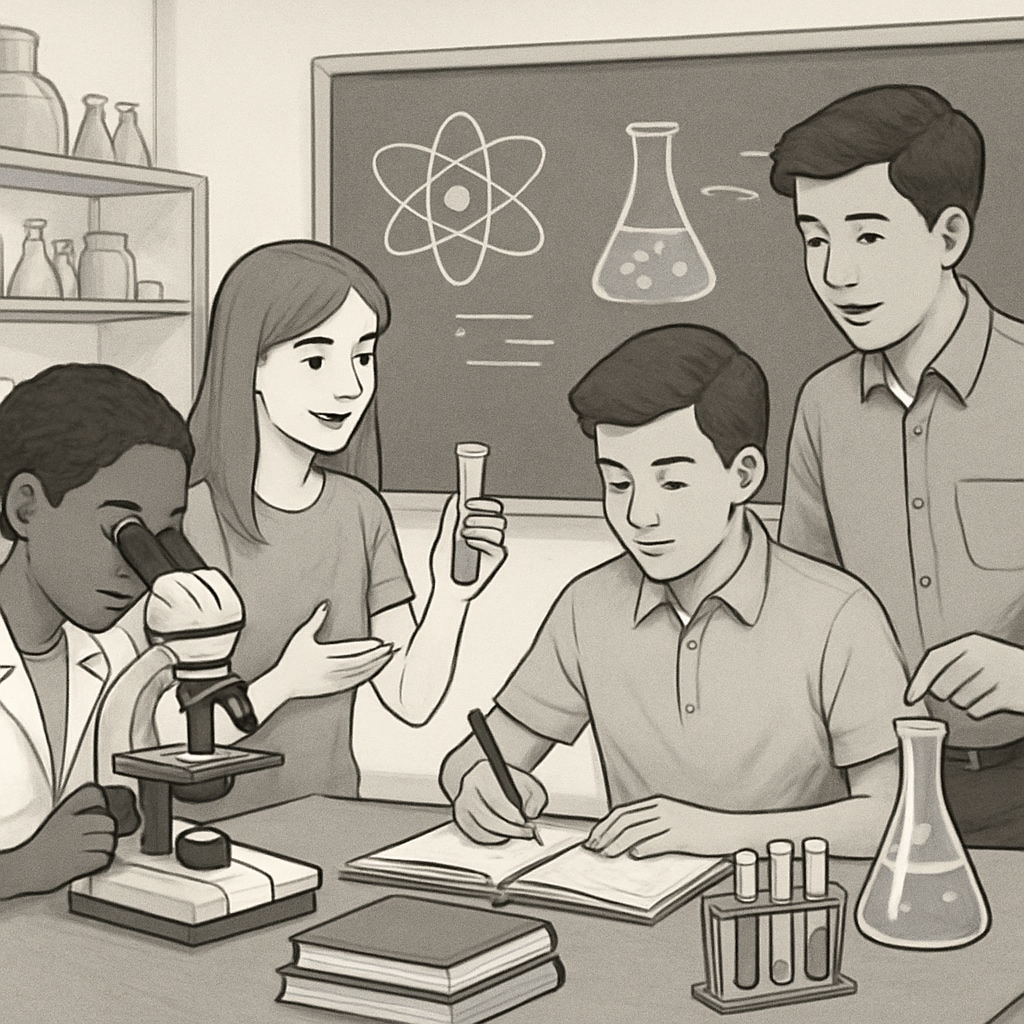High school science classrooms with a high proportion of English learners (ELs) present unique challenges and opportunities. Effective teaching in such environments requires a blend of science instruction and language development strategies. By incorporating language support, differentiated instruction, and collaborative learning, teachers can create a classroom where all students thrive academically and linguistically.
Building Language Support in Science Classrooms
Language plays a critical role in understanding and communicating scientific concepts. For English learners, mastering both academic vocabulary and language structures is essential. Teachers can support language learning by:
- Pre-teaching Vocabulary: Introduce key terms before lessons, using visuals, definitions, and examples.
- Scaffolded Instruction: Offer sentence frames and graphic organizers to help students articulate scientific ideas.
- Multimodal Resources: Incorporate videos, diagrams, and hands-on activities to reinforce concepts beyond text.
For instance, using a visual aid such as the periodic table and pairing it with interactive discussions can make abstract concepts more accessible. Providing bilingual glossaries or translation apps can also help bridge the gap for beginners.

Implementing Differentiated Instruction
Differentiated instruction involves tailoring lessons to meet the diverse needs of students. In science classrooms with English learners, this approach is vital to ensure equitable learning experiences. Strategies include:
- Tiered Assignments: Adjust the complexity of tasks based on student language proficiency.
- Flexible Grouping: Use varied group arrangements, such as pairing ELs with peers who can provide language support.
- Choice Boards: Allow students to select from multiple ways to demonstrate understanding, such as creating a diagram, writing a short paragraph, or presenting orally.
For example, during a lab activity, advanced ELs might write a detailed report, while beginners can complete a labeled diagram. This flexibility ensures that all students engage meaningfully with the content.

Encouraging Collaborative Learning
Collaboration in the classroom fosters peer-to-peer learning, which is particularly beneficial for English learners. Group activities allow students to practice language skills while engaging with scientific concepts. Effective practices include:
- Jigsaw Activities: Divide a topic into sections, assign each group a section, and have them teach it to their peers.
- Role Assignments: Assign roles like “note-taker” or “presenter” to ensure participation from all group members.
- Peer Tutoring: Pair ELs with native or advanced English speakers for one-on-one support.
These strategies not only improve language proficiency but also build confidence and a sense of community among students. Collaborative learning encourages ELs to express themselves in a supportive environment.
Assessing Progress with Sensitivity
Assessment in classrooms with English learners should measure both content knowledge and language development. Consider using:
- Formative Assessments: Regular low-stakes quizzes or check-ins to monitor understanding.
- Alternative Assessments: Portfolios, project-based evaluations, or oral presentations to accommodate varying language skills.
- Rubrics: Clear and adaptable rubrics that separate language proficiency from content mastery.
For example, a student’s ability to explain photosynthesis in their own words—even with limited vocabulary—demonstrates understanding of the concept. Recognizing such achievements motivates ELs to continue learning.
In conclusion, teaching science to English learners demands a thoughtful combination of language development and content instruction. By incorporating language support, differentiated teaching methods, and collaborative activities, educators can create inclusive classrooms where students not only grasp scientific concepts but also develop essential communication skills. These strategies ensure that no student is left behind, regardless of their language proficiency.
Readability guidance: Use short paragraphs and lists to summarize key points. Incorporate over 30% of sentences with transition words to improve flow. Minimize long sentences and passive voice to maintain clarity.


